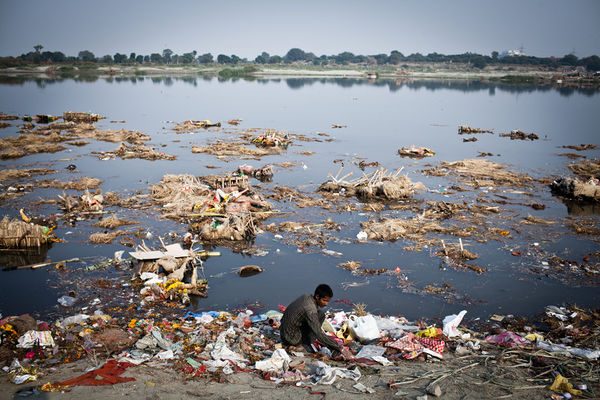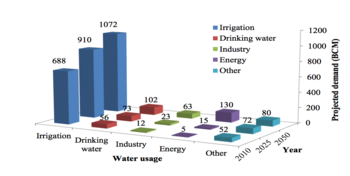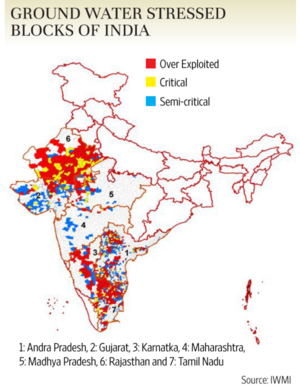Water Contamination: A Growing Epidemic
Introduction

By [Santiago Acero]
At right is a sample image insertion. It works for any image uploaded anywhere to MicrobeWiki. The insertion code consists of:
Double brackets: [[
Filename: Ebola_virus2.jpg
Thumbnail status: |thumb|
Pixel size: |600px|
Placement on page: |right|
Legend/credit: Electron micrograph of the Ebola Zaire virus. This was the first photo ever taken of the virus, on 10/13/1976. By Dr. F.A. Murphy, now at U.C. Davis, then at the CDC.
Closed double brackets: ]]
Other examples:
Bold
Italic
Subscript: H2O
Superscript: Fe3+
Introduce the topic of your paper. State your health service question, and explain the biomedical issues.
Contaminated Water
Include some current research, with at least one figure showing data.
Sewage Complications
Include some current research, with at least one figure showing data.

What is Being Done
Include some current research, with at least one figure showing data.
Conclusion
References
Links:
Huff Post: http://www.huffingtonpost.com/2013/03/05/india-river-pollution-sewage_n_2810213.html
Times Live: http://www.timeslive.co.za/scitech/2013/03/05/eighty-percent-of-untreated-indian-sewage-landing-in-rivers
New York Times: http://india.blogs.nytimes.com/2013/03/15/government-pledges-to-clean-up-yamuna-river-again/
Ganges Wiki: https://en.wikipedia.org/wiki/Ganges
CSE Excreta: http://www.cseindia.org/userfiles/aagd2013_report.pdf
Authored for BIOL 291.00 Health Service and Biomedical Analysis, taught by Joan Slonczewski, 2016, Kenyon College.

